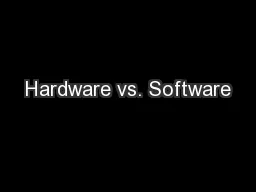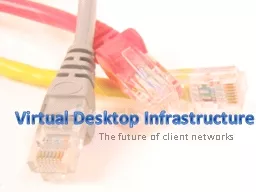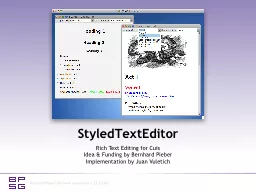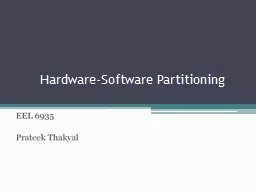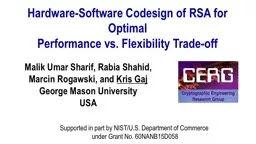PPT-Hardware, Software, and Protocols for the next generation of Environmental Monitoring
Author : clustik | Published Date : 2020-06-30
Johns Hopkins University Department of Computer Science Graduate Board Oral Presentation May 23 2012 Advisor Dr Andreas Terzis Chair Dr Alex Szalay Doug Carlson
Presentation Embed Code
Download Presentation
Download Presentation The PPT/PDF document "Hardware, Software, and Protocols for th..." is the property of its rightful owner. Permission is granted to download and print the materials on this website for personal, non-commercial use only, and to display it on your personal computer provided you do not modify the materials and that you retain all copyright notices contained in the materials. By downloading content from our website, you accept the terms of this agreement.
Hardware, Software, and Protocols for the next generation of Environmental Monitoring: Transcript
Download Rules Of Document
"Hardware, Software, and Protocols for the next generation of Environmental Monitoring"The content belongs to its owner. You may download and print it for personal use, without modification, and keep all copyright notices. By downloading, you agree to these terms.
Related Documents



